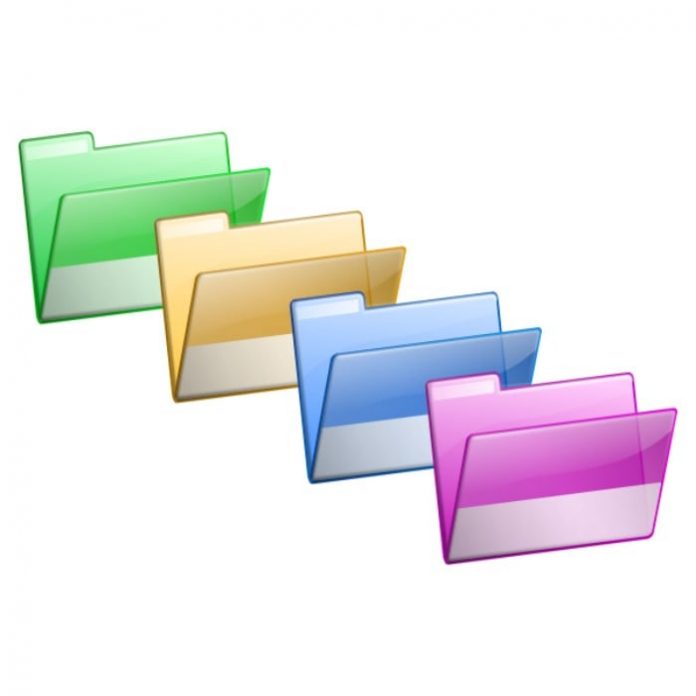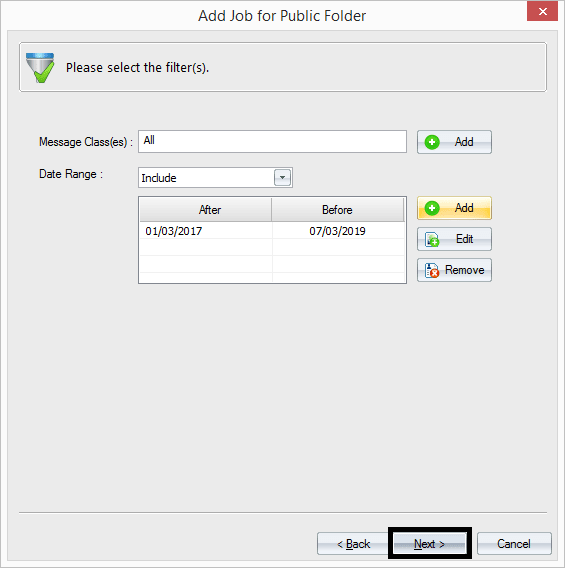

Automatically synchronize your global address list (GAL) to users’ local contacts for viewing on mobiles so you can easily identify when someone from work is calling.Share and protect your business contacts by syncing users’ personal contacts to an Exchange folder for better contact management and a repository of company contacts.Ideal if you want to sync your personal calendar and contacts with an assistant or your team. We refer to this as a private to private sync. Sync one user’s personal folders to another’s users personal folder or to several other users’ folders.Create a centralized group calendar by syncing appointments from users’ personal folders to an Exchange public folder calendar for a copy of everyone’s appointments and to facilitate scheduling.Useful for viewing work-related appointments and business contacts on smartphones when you’re away from the office since Microsoft Exchange public folders don’t natively sync to mobiles. Sync Exchange contact folders or Exchange calendar folders to your mobiles (iPhones, Androids).Useful for syncing appointments or contacts made on your smartphones / tablets with Exchange folders and/or with other users’ personal folders. Sync iPhones, Androids, (and other mobiles) with Exchange public folders.Sync Exchange public folder calendars and contacts with your personal folders – any combination!.Select the desired domain from the drop down list.Double click the desired domain to bring up the client settings.Place a check box in the Shared folders in the same Include section to enable shared folders.Place a check box in the Public folder hierarchy in the Include section to enable public folders.Click Turn off Preview to make changes.Click Preview Effective Settings to view enabled settings.Select Shared folders in the same Include section to enable shared folders.Select Public folder hierarchy in the Include section to enable public folders.Select ActiveSync (Mobile Device Management).

Conversely, changing a setting on a child screen will override its parent setting, allowing you to alter the settings at the domain, account, or client level if necessary. Therefore changing any setting in the below menus will effectively change the same setting on all child screens, allowing you by default to manage all clients on the server by changing only the client settings. The global settings are set to the Global Client Settings Defaults, but the domain, account, and client settings are by default set to Inherit their settings from their respective parent options.
#EXCHANGE PUBLIC FOLDER SYNC HOW TO#
The steps below detail how to customize these client settings for each. Public and Shared folder syncing can be enabled globally, per domain, per group, per account, or even per client. Most clients are capable of syncing public and/or shared folders. **NOTE - While MDaemon supports syncing these folder types, the behavior of accessing shared folders via the ActiveSync client can vary. How to enable Public and Shared Folders for ActiveSync clients This article explains how to enable both Public and/or Shared folder syncing for ActiveSync clients when ActiveSync is enabled in MDaemon.


 0 kommentar(er)
0 kommentar(er)
